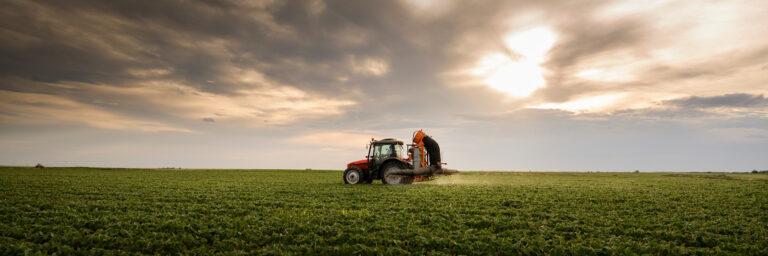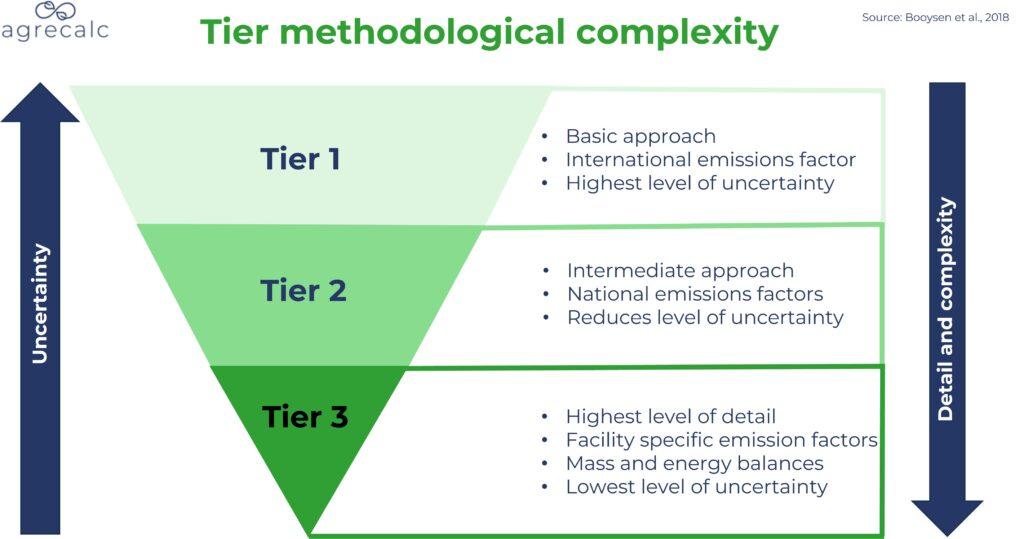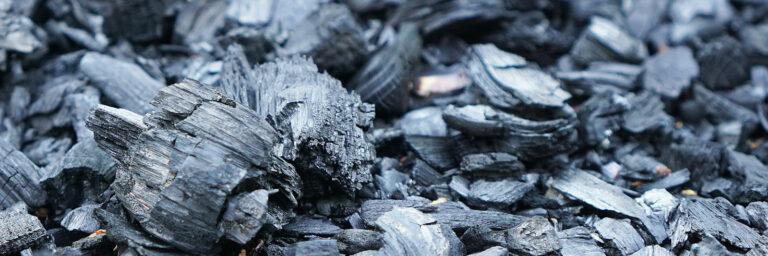
April Business Update: SRUC
After two years of operation as a Limited Company, Agrecalc became part of Scotland’s Rural College (SRUC) as of 1 April 2025.
As global concern over climate change intensifies, agriculture has come under increasing scrutiny for its significant contributions to greenhouse gas (GHG) emissions:
To estimate emissions from agriculture and other sectors accurately, the Intergovernmental Panel on Climate Change (IPCC) has developed a comprehensive methodology to estimate GHG emissions and removals accurately.
The guidelines from the IPCC are a foundational reference for GHG measurement, reporting and verification (MRV). Most recently the IPCC has issued 2019 Refinement guidance to the 2006 IPCC Guidelines for National Greenhouse Gas Inventories, which reflects new scientific knowledge for emission factors, GHG accounting methodologies and technological advancements.
The IPCC guidelines provide methods to estimate emissions (or emissions removals) for each GHG in mass units are include different levels of methodological complexity, called ‘Tiers’. Normally there are three IPCC Tiers, with each ascending Tier representing a greater level of complexity.

Tiers 2 and 3 are often referred to as “higher Tier” methods and are generally considered more accurate than Tier 1 default, as they are more specific to the area in which they are used.
IPCC Tier 2 methodology adopts a more site-specific and detailed assessment of factors influencing emissions. It considers a wide range of variables such as local climatic conditions, soil properties, livestock types, and management practices, resulting in more precise estimations. This level of detail allows policymakers, researchers, and farmers to make informed decisions about emission reduction strategies and the overall sustainability of agricultural practices.
Tier 3 contains the highest level of detail, but requires robust underlying scientific data – applying a Tier 3 approach requires that adequate amounts of this validated data is available to develop, apply and evaluate this approach.
Agrecalc's utilisation of IPCC Tier 2 methodology ensures that emission estimations are far more accurate than those generated using simpler approaches. By adopting a tiered approach, the calculator improves the resolution of emissions inventories and helps farmers identify emission hotspots more accurately.
Dr Rachael Ramsey, Agrecalc Head of Science and Research
Agrecalc is an innovative tool designed to calculate and manage the carbon footprint of agricultural operations. Using the robustness of IPCC Tier 2 methodology, Agrecalc takes the assessment of GHG emissions to a new level of precision and accuracy.
Agrecalc requires users to provide precise data on agricultural activities, ensuring that emissions are calculated based on specific farm practices rather than generalised assumptions.
Dr Rachael Ramsey, Agrecalc Head of Science and Research
Agrecalc’s application of IPCC Tier 2 methodology aligns with the key principles of this advanced approach:
Understanding and managing GHG from agriculture is of paramount importance to mitigate climate change. IPCC Tier 2 methodology, with its site-specific and detailed approach, offers a valuable framework for accurately assessing emissions in the agricultural sector. Agrecalc further enhances the precision of emission calculations by applying this methodology to tailor its estimates to the unique characteristics of individual farms.
By empowering farmers with real-time feedback and sustainable practices, Agrecalc contributes to a more sustainable and resilient agricultural future.
*Reference: Booysen, J.; Booysen, W. and Kleingeld, M.: A risk management strategy to identify and prioritise factors affecting industry’s carbon tax liability. S. Afr. J. Ind. Eng. [online]. 2018, vol.29, n.3 [cited 2023-08-04], pp.26-39.

Head of Science and Research for Agrecalc. Experienced project manager and agroecologist working in terrestrial ecosystems with an emphasis on assessing the impact of management activities on ecosystem functioning and ecological processes to include GHG emissions, soil cycling (carbon, nitrogen), species diversity and soil health and microbial activity.

After two years of operation as a Limited Company, Agrecalc became part of Scotland’s Rural College (SRUC) as of 1 April 2025.

Biochar is a carbon-rich material produced by pyrolysing biomass, which offers a variety of potential agronomic benefits. In this guest article, Black Bull Biochar discusses how these effects work together to bolster productivity, sustainability, and resilience in farming.

The Agrecalc team is looking forward to welcoming you at our stand (2.844) at this year’s Low Carbon Agriculture Show, taking place on March 5 and 6, at NAEC Stoneleigh near Kenilworth.